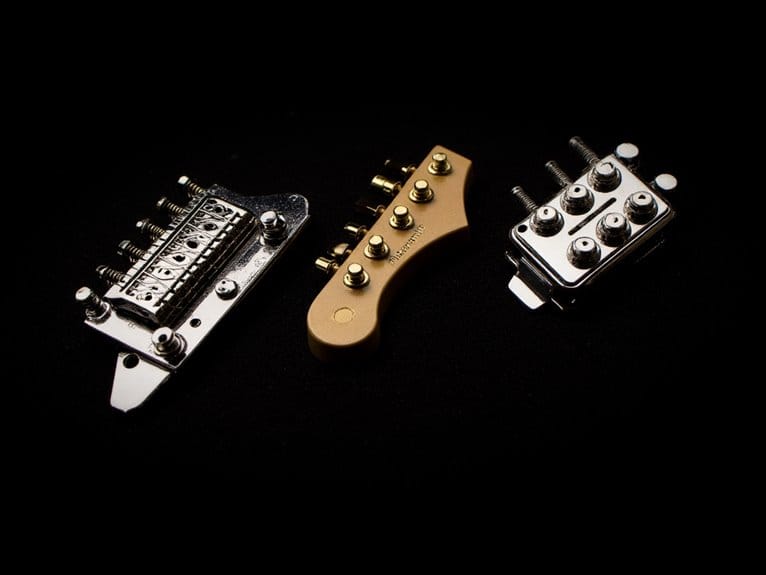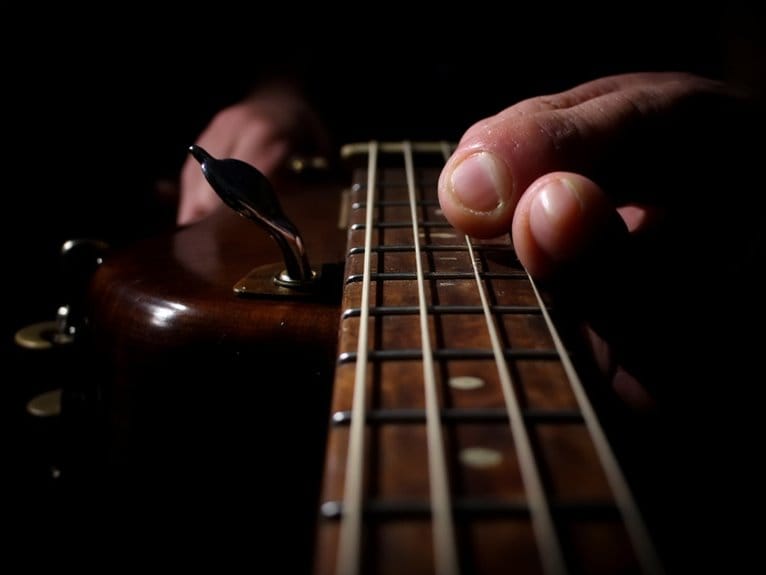Stereo Miking Techniques: Creating Spatial and Immersive Recordings
Hey there! Looking to bring some serious magic to your recordings? Well, look no further because stereo miking techniques are here to save the day! With just two microphones and a bit of strategic positioning, you can transport your listeners to a whole new world of sound. In this article, we're going to dive into the wonderful world of stereo miking, exploring all its awesome benefits, helping you choose the perfect microphones, and even sharing some advanced techniques to achieve a mind-blowing stereo image. So get ready to take your recordings to the next level and leave your audience in awe. Let's do this!
We are supported by our audience. When you purchase through links on our site, we may earn an affiliate commission, at no extra cost for you. Learn more.
Benefits of Stereo Miking
One of the benefits of stereo miking is that it allows you to capture a more realistic and immersive sound experience. By utilizing two microphones placed at a specific distance and angle from the sound source, stereo miking creates a sense of depth and spatiality in the recorded audio. This technique is especially effective when recording acoustic instruments, vocals, or live performances, as it accurately reproduces the natural nuances and ambience of the sound environment. Stereo miking provides a wider stereo image, allowing listeners to perceive the placement and movement of different sound sources within the recording. This enhances the listener's perception of realism and creates a more engaging and immersive audio experience. Moreover, stereo miking can add depth and dimension to recordings, making them more captivating and enjoyable for the audience.
Choosing the Right Microphones
To ensure optimal results, you should carefully select the appropriate microphones for stereo miking. Choosing the right microphones is crucial in capturing the spatial and immersive qualities of a recording. When it comes to stereo miking, there are several types of microphones to consider. One popular choice is the coincident pair, which consists of two cardioid microphones arranged at a 90-degree angle. This technique provides a wide stereo image and excellent mono compatibility. Another option is the spaced pair, where two omnidirectional microphones are placed a distance apart. This technique captures a natural and spacious sound, but can result in a less focused stereo image. Additionally, the mid-side technique involves combining a cardioid microphone and a figure-of-eight microphone. This technique allows for control over the stereo width during both recording and post-production. Ultimately, the choice of microphones will depend on the desired effect and the specific recording environment.
Positioning Techniques for Depth and Width
Now that you have chosen the right microphones, it's time to explore positioning techniques for achieving depth and width in your stereo miking recordings. To create a sense of depth, you can implement the ORTF (Office de Radiodiffusion-Television Francaise) technique. This technique involves placing two cardioid microphones, spaced 17 cm apart and angled at 110 degrees, at a distance of approximately 30 cm from the sound source. The ORTF technique captures both the time and intensity differences between the microphones, resulting in a wider stereo image. To further enhance the width, you can employ the A-B technique. This involves placing two omnidirectional microphones, spaced 60-80 cm apart, to capture a wider soundscape. Experimenting with different positioning techniques will allow you to create immersive and spatial recordings that will captivate your audience.
Creating a Sense of Space With Room Ambiance
Enhance your recordings with room ambiance to create a sense of space. Room ambiance refers to the natural reverberation and reflections that occur within a recording space. By carefully capturing and manipulating these elements, you can add depth and dimension to your recordings, making them more immersive and realistic.
To capture room ambiance, consider using a pair of omnidirectional microphones placed strategically within the room. Omnidirectional microphones have a 360-degree pickup pattern, allowing them to capture the full spectrum of sound in the space. Experiment with microphone placement to find the sweet spot that captures the desired amount of room ambiance without overwhelming the direct sound.
Once you've captured the room ambiance, you can further enhance the sense of space by adjusting the balance between the direct sound and the room sound. This can be done during the mixing process by adjusting the levels and applying reverb or delay effects. Careful attention should be paid to the decay time of the reverb, as a longer decay can create a more spacious and immersive feel.
Achieving Immersive Recordings With Panning
Use a pair of omnidirectional microphones strategically placed within the room to achieve immersive recordings with panning. By positioning the microphones at different distances from the sound source and at varying angles, you can capture a more encompassing and realistic soundstage. To create an immersive experience, consider placing one microphone closer to the sound source and the other further away, allowing for a sense of depth in the recording. Experiment with different angles to capture a wider stereo image and enhance the perceived width of the soundstage. Additionally, you can incorporate panning techniques during the mixing process to further enhance the immersive effect. By moving the sound sources across the stereo field, you can create a sense of movement and three-dimensional space, adding depth and realism to the recording.
Blending Techniques for a Balanced Stereo Image
To achieve a balanced stereo image, carefully blend the two microphone signals together during the mixing process. This involves combining the left and right microphone recordings in a way that creates a cohesive and well-defined stereo field. Start by adjusting the panning of each microphone signal to ensure a proper placement within the stereo image. Next, consider the relative levels of each microphone, making sure they are balanced and not overpowering one another. Use EQ to address any frequency imbalances and ensure a consistent tonal quality across the stereo image. Additionally, consider using stereo imaging plugins or techniques to enhance the perceived width and depth of the stereo field. Experiment with different blending techniques to find the perfect balance for your specific recording.
Advanced Stereo Miking Techniques
Explore innovative stereo miking techniques to elevate the spatial and immersive quality of your recordings. In the realm of advanced stereo miking techniques, there are several methods that can enhance the depth and realism of your recordings. One such technique is the Mid-Side (MS) technique, which uses a combination of a cardioid microphone pointed directly at the sound source (the Mid microphone) and a figure-of-eight microphone capturing the ambiance and room sound (the Side microphone). By adjusting the relative levels of the Mid and Side microphones during mixing, you can control the width and depth of the stereo image. Another advanced technique is the Jecklin Disk, which uses a specialized baffle to create a natural stereo image by simulating the way our ears perceive sound. By experimenting with these advanced stereo miking techniques, you can achieve recordings that truly immerse and captivate your listeners.
Conclusion
In conclusion, stereo miking techniques offer numerous benefits for creating spatial and immersive recordings. By choosing the right microphones and using precise positioning techniques, depth and width can be achieved, providing a sense of space. Additionally, incorporating room ambiance and employing panning techniques can further enhance the immersive experience. Finally, blending techniques ensure a balanced stereo image, resulting in high-quality recordings that capture the full spatial potential of the sound source.






